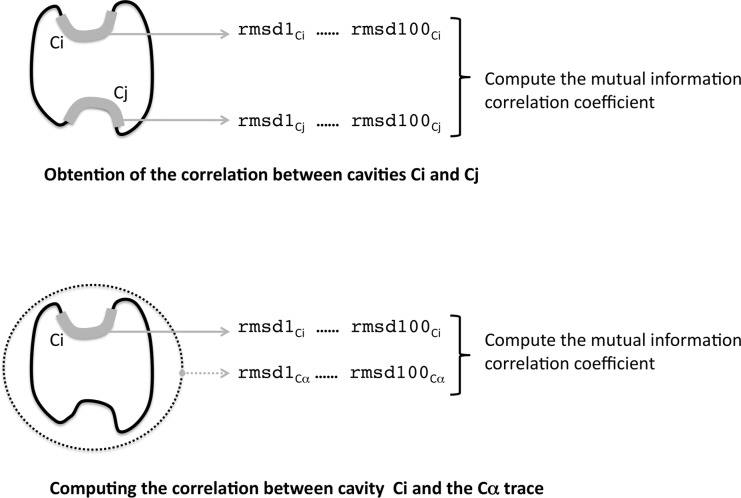Fig 1. Characterization of cavity couplings.
In this work cavity couplings correspond to pairs of cavities that are correlated along the dynamics. The correlations are mutual information-based and, when statistically significant, are considered to indicate the existence of a cavity coupling (see Materials and Methods). The upper half of the figure illustrates how cavity correlations were computed using the cavities' crmsd values at the different snapshots: crmsd1Ci refers to the crmsd value obtained between the set of atoms defining the i-th native cavity Ci and the first snapshot of the trajectory, crmsd2Ci for the second snapshot, etc; crmsd1Cj values have an analogous meaning for cavity Cj. The lower half of the figure shows how we computed the correlation between cavities and the Ca trace (used to understand the origins of cavity couplings, see text) along the dynamics: crmsd1Ci, crmsd2Ci, etc, have the same meaning as before, and crmsd1Ca,…, crmsd100Ca refer to the values of the Ca-trace crmsd for the 100 MD snapshots. For both the upper and lower figure halves, in the end we obtained a list of 100 crmsd pairs, which were subsequently used to compute the mutual information-based correlation between them.

